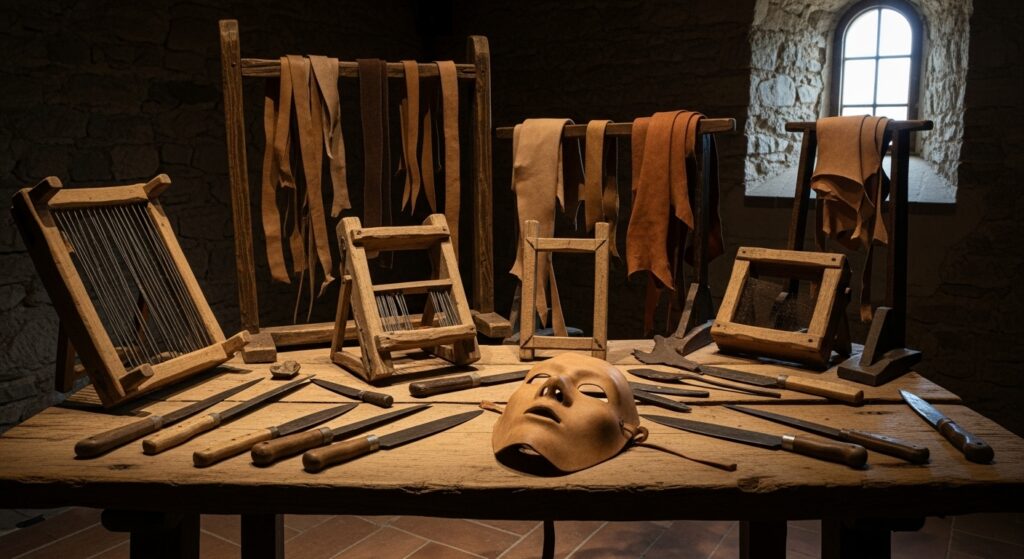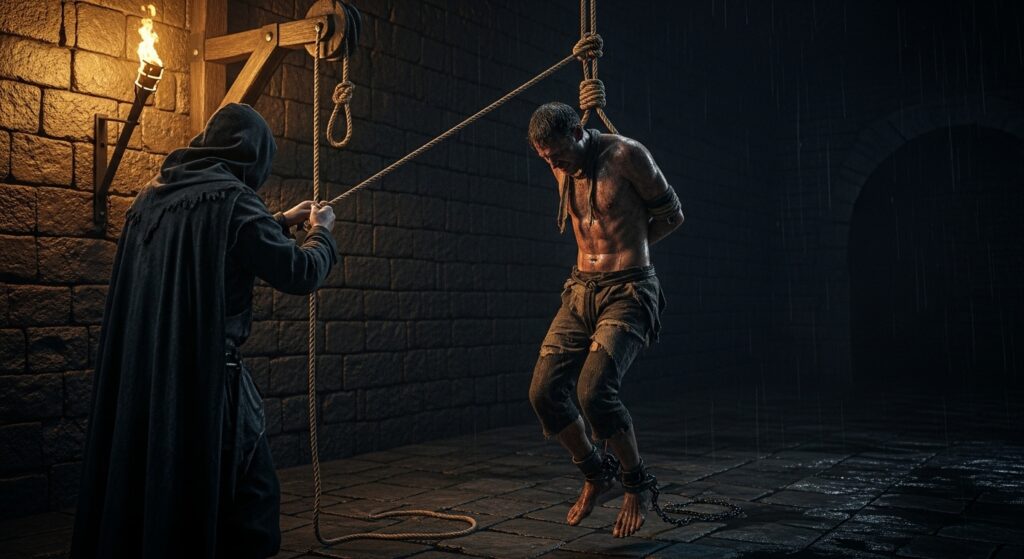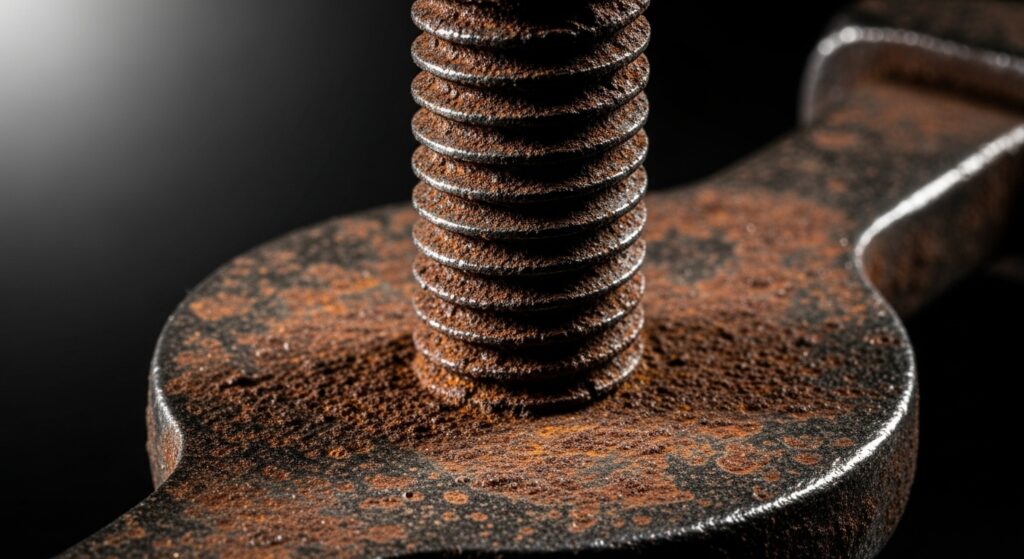In the shadowy corridors of history, few systems of judgment appear as shocking and unsettling as the medieval trial by ordeal. Rooted in superstition, fear, and a deep belief in divine judgment, these tests of innocence pushed the limits of human endurance and logic. From flaming irons to drowning pools, this was a time when guilt or purity was decided not by evidence but by ritual and pain.
Fire, Water, and Combat: The Trinity of Ordeal
During the Middle Ages, ordeals were seen as a legitimate form of justice. Among the most famous were trial by fire, trial by water, and ordeal by combat. In each, the accused would undergo severe physical suffering, hoping divine intervention would spare the innocent.
How trial by fire worked is chilling. The accused had to carry a red-hot iron a specific distance. If their wounds healed within a few days, they were deemed innocent. These were not isolated superstitions; they were part of a legal tradition accepted throughout Europe.
In contrast, trial by water in the Middle Ages involved tying up the accused and throwing them into a body of water. Sinking meant innocence; floating suggested guilt. Ironically, both outcomes carried risks of death. The belief was that holy water would reject the guilty.
Ordeal by combat explained the idea that God would grant victory to the righteous. It was common among nobles, with champions fighting to determine justice. This blend of physical might and faith revealed the intertwining of justice and superstition in the Middle Ages.
The Truth by Fire and Water
Such methods reveal the harsh intersection between religion and law. Medieval crime and punishment was not merely a matter of penalizing behavior but a cosmic test of one’s soul. Truth by fire and water wasn’t metaphorical-it was terrifyingly literal. Flames, wounds, scars, and emotional torment were all part of what was considered fair judgment.
Unlike modern courts, the medieval process relied on signs from above, painful ordeals, and public trials. These events, often held in town squares, were as much about ritual cleansing as they were about justice. Through the ritual, faith-based belief systems dominated, reinforcing power structures and traditional roles.
Brutal Customs and Legal Folklore
To truly understand the psyche of the time, one must consider the cultural backdrop. Brutal customs, religious fervor, and fear of eternal damnation governed the lives of both rulers and peasants. Medieval beliefs framed pain and suffering as necessary trials of character and loyalty.
These ordeals weren’t just punishments-they were performances of morality, deeply embedded in legal folklore. Historical rituals taught that survival equaled innocence. Whether surviving flames, drowning, or combat, success was taken as divine validation.
In practice, this system created more injustice than truth. But it reflected a society where justice wasn’t about fairness-it was about order, control, and symbolic purification. The accused entered a trial not just of law, but of endurance, belief, and often fate itself.
Explore Justice’s Dark Side in Person
For those seeking a visceral understanding of these traditions, the Medieval Torture Museum in Chicago offers immersive insight into the darkest aspects of justice: Medieval Torture Museum in Chicago.
If you’re wondering what to see in LA beyond the usual tourist stops, a chilling yet enlightening visit awaits: what to see in la.
Meanwhile, in Florida, the Medieval Torture Museum in Saint Augustine provides a southern perspective on medieval torment: Medieval Torture Museum in Saint Augustine.
Each location immerses visitors into this disturbing chapter of human history, allowing them to confront the legacy of superstition and pain.
To further delve into the psychology, culture, and artifacts of medieval torment, explore the full blog. Discover how belief, tradition, and punishment shaped an age where pain was proof, and justice wore a terrifying mask.
This look at the bizarre justice system of the Middle Ages is a sobering reminder that humanity’s quest for fairness has taken dark and twisted turns. Let this history guide us toward compassion, truth, and systems built on evidence-not flame and fear.






